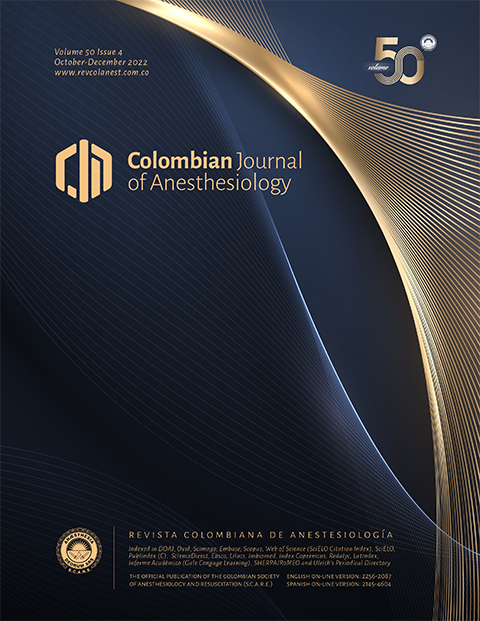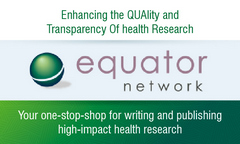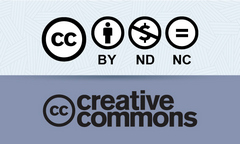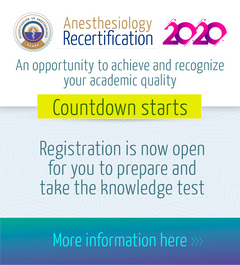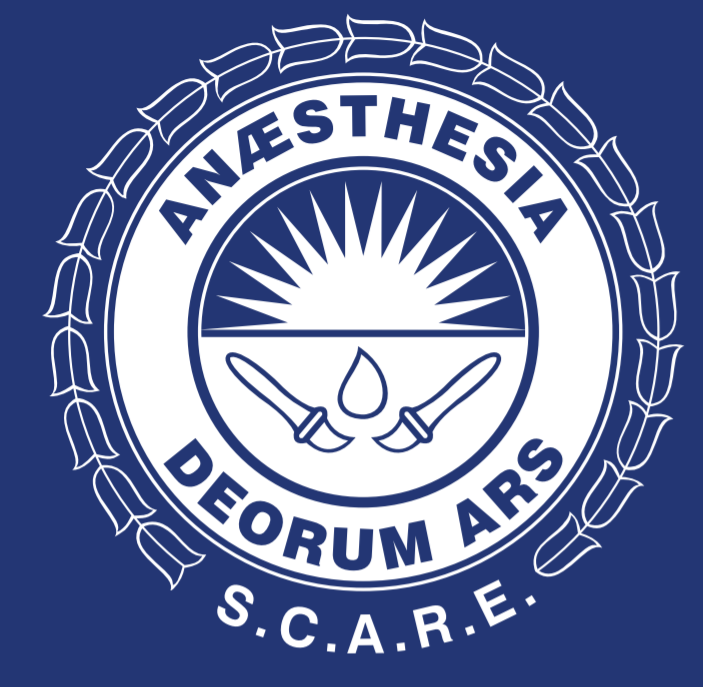The addition of Tirofiban infusion to heparin for intraoperative heparin resistance associated with Marfan Syndrome
Abstract
Marfan syndrome classically presents with aortic root aneurysms. Aortic ectasia causes diverse blood flow alterations, influencing the behavior of coagulation factors and platelet activity. Heparin resistance has also been reported associated with Marfan Syndrome in a small number of patients, probably due to antithrombin III (ATIII) deficiency or various mutations. The ascending aorta and the aortic valve are replaced with prosthetic material during Bentall- de Bonno procedures. Resistance to anticoagulation during extracorporeal circulation, represents a significant challenge for both anesthesiologists and the surgical team. Resistance to heparin was observed in a patient with Marfan syndrome undergoing a Bentall procedure. ATIII concentrate was not available, and ACT did not increase despite high doses of heparin. An alternate anticoagulation approach was used successfully.
References
Kornhuber K, Seidel H, Pujol C, Meierhofer C, Röschenthaler F, Pressler A et al. Hemostatic abnormalities in adult patients with Marfan syndrome. Cardiovasc Diagn Ther. 2019;9(S2):S209-20. doi: https://doi.org/10.21037/cdt.2019.08.09
Bogren H, Mohiaddin R, Yang G, Kilner P, Firmin D. Magnetic resonance velocity vector mapping of blood flow in thoracic aortic aneurysms and grafts. J Thorac Cardiovasc Surg. 1995;110(3):704-14. doi: https://doi.org/10.1016/S0022-5223(95)70102-8
Geiger J, Markl M, Herzer L, Hirtler D, Loeffelbein F, Stiller B et al. Aortic flow patterns in patients with Marfan syndrome assessed by flow-sensitive four-dimensional MRI. J Magn Reson Imaging. 2011;35(3):594-600. doi: https://doi.org/10.1002/jmri.23500
Bellini C, Korneva A, Zilberberg L, Ramirez F, Rifkin D, Humphrey J. Differential ascending and descending aortic mechanics parallel aneurysmal propensity in a mouse model of Marfan syndrome. J Biomechanics. 2016;49(12):2383-9. doi: https://doi.org/10.1016/j.jbiomech.2015.11.059
Hathcock J. Flow Effects on Coagulation and Thrombosis. Arteriosclerosis, Thrombosis, and Vascular Biology. 2006;26(8):1729-37. doi: https://doi.org/10.1161/01.ATV.0000229658.76797.30
Gogia S, Neelamegham S. Role of fluid shear stress in regulating VWF structure, function and related blood disorders. Biorheology. 2016;52(5-6):319-35. doi: https://doi.org/10.3233/BIR-15061
Finley A, Greenberg C. Heparin Sensitivity and Resistance. Anesthesia & Analgesia. 2013;116(6):1210-22. doi: https://doi.org/10.1213/ANE.0b013e31827e4e62
FitzGerald D, Patel A, Body S, Garvin S. The relationship between heparin level and activated clotting time in the adult cardiac surgery population. Perfusion. 2009;24(2):93-6. doi: https://doi.org/10.1177/0267659109106729
Bull B, Korpman R, Huse W, Briggs B. Heparin therapy during extracorporeal circulation. J Thorac Cardiovasc S. 1975;69(5):674-84. doi: https://doi.org/10.1016/S0022-5223(19)41499-2
Brister S, Ofosu F, Buchanan M. Thrombin Generation during Cardiac Surgery: Is Heparin the Ideal Anticoagulant?. Thrombosis and Haemostasis. 1993;70(02):259-62. doi: https://doi.org/10.1055/s-0038-1649561
Shore-Lesserson L, Baker R, Ferraris V, Greilich P, Fitzgerald D, Roman P, et al. The Society of Thoracic Surgeons, The Society of Cardiovascular Anesthesiologists, and The American Society of ExtraCorporeal Technology: Clinical Practice Guidelines — Anticoagulation During Cardiopulmonary Bypass. Ann Thorac Surg. 2018;105(2):650-62. doi: https://doi.org/10.1016/j.athoracsur.2017.09.061
Young J, Kisker C, Doty D. Adequate Anticoagulation During Cardiopulmonary Bypass Determined by Activated Clotting Time and the Appearance of Fibrin Monomer. Ann Thorac Surg. 1978;26(3):231-40. doi: https://doi.org/10.1016/S0003-4975(10)63676-4
Sniecinski R, Bennett-Guerrero E, Shore-Lesserson L. Anticoagulation Management and Heparin Resistance During Cardiopulmonary Bypass. Anesthesia & Analgesia. 2019;129(2):e41-4. doi: https://doi.org/10.1213/ANE.0000000000003981
Choudhury M, Kiran U, Saxena N, Saxena R. Heparin resistance and Marfan syndrome: Is there any correlation?. J Cardiothorac Vasc Anesth. 2002;16(1):75-9. doi: https://doi.org/10.1053/jcan.2002.29687
Levy J, Connors J. Heparin Resistance — Clinical Perspectives and Management Strategies. New Engl J Med. 2021;385(9):826-32. doi: https://doi.org/10.1056/NEJMra2104091
Durand M, Lecompte T, Hacquard M, Carteaux J. Heparin-induced thrombocytopenia and cardiopulmonary bypass: anticoagulation with unfractionated heparin and the GPIIb/IIIa inhibitor tirofiban and successful use of rFVIIa for post-protamine bleeding due to persistent platelet blockade. European Journal of Cardio-Thoracic Surgery. 2008;34(3):687-9. doi: https://doi.org/10.1016/j.ejcts.2008.05.029
Koster A, Loebe M, Mertzlufft F, Kuppe H, Hetzer R. Cardiopulmonary bypass in a patient with heparin-induced thrombocytopenia II and impaired renal function using heparin and the platelet GP IIb/IIIa inhibitor tirofiban as anticoagulant. The Annals of Thoracic Surgery. 2000;70(6):2160-2161. doi: https://doi.org/10.1016/S0003-4975(00)01888-9
Koster A, Kukucka M, Bach F, Meyer O, Fischer T, Mertzlufft F et al. Anticoagulation during Cardiopulmonary Bypass in Patients with Heparin-induced Thrombocytopenia Type II and Renal Impairment Using Heparin and the Platelet Glycoprotein IIb–IIIa Antagonist Tirofiban. Anesthesiology. 2001;94(2):245-251. doi: https://doi.org/10.1097/00000542-200102000-00013
Koster A, Chew D, Kuebler W, Habazettl H, Bauer M, Hausmann H et al. Effects of tirofiban on hemostatic activation and inflammatory response during cardiopulmonary bypass. Am J Cardiol. 2003;91(3):346-7. doi: https://doi.org/10.1016/S0002-9149(02)03167-3
Warkentin T, Greinacher A. Heparin-induced thrombocytopenia and cardiac surgery. The Annals of Thoracic Surgery. 2003;76(6):2121-31. doi: https://doi.org/10.1016/j.athoracsur.2003.09.034
Murphy G, Marymont J. Alternative Anticoagulation Management Strategies for the Patient With Heparin-Induced Thrombocytopenia Undergoing Cardiac Surgery. J Cardioth Vascula Anesth. 2007;21(1):113-26. doi: https://doi.org/10.1053/j.jvca.2006.08.011
Tanaka K, Katori N, Szlam F, Sato N, Kelly A, Levy J. Effects of tirofiban on haemostatic activation in vitro. British J Anaesth. 2004;93(2):263-9. doi: https://doi.org/10.1093/bja/aeh193
Casserly I, Topol E, Jia G, Lange R, Hamm C, Meier B et al. Effect of abciximab versus tirofiban on activated clotting time during percutaneous intervention and its relation to clinical outcomes—observations from the TARGET trial. The Am J Cardiol. 2003;92(2):125-9. doi: https://doi.org/10.1016/S0002-9149(03)00525-3
Moorehead M, Westengard J, Bull B. Platelet Involvement in the Activated Coagulation Time of Heparinized Blood. Anesthesia & Analgesia. 1984;63(4):394-8. doi: https://doi.org/10.1213/00000539-198404000-00003
Downloads
Copyright (c) 2022 Sociedad Colombiana de Anestesiología y Reanimación (S.C.A.R.E.)

This work is licensed under a Creative Commons Attribution-NonCommercial-NoDerivatives 4.0 International License.
| Article metrics | |
|---|---|
| Abstract views | |
| Galley vies | |
| PDF Views | |
| HTML views | |
| Other views | |

